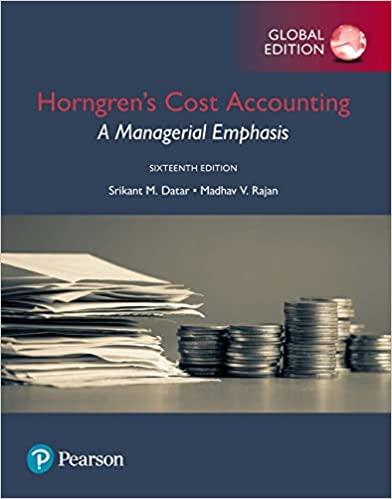Question
Diamond Mountain was originally thought to be one of the few places in North America to contain diamonds, so Diamond Mountain Inc. (DM) purchased the
Diamond Mountain was originally thought to be one of the few places in North America to contain diamonds, so Diamond Mountain Inc. (DM) purchased the land for $1,000,000. Later, DM discovered that the only diamonds on the mountain had been planted there and the land was worthless for mining. DM engineers discovered a new survey technology and discovered a silver deposit estimated at 5,000 pounds on Diamond Mountain. DM immediately bought new drilling equipment and began mining the silver. In years 13 following the opening of the mine, DM had net (gross) income of $200,000 ($700,000), $400,000 ($1,100,000), and $600,000 ($1,450,000), respectively. Mining amounts for each year were as follows: 750 pounds (year 1), 1,450 pounds (year 2), and 1,800 pounds (year 3). At the end of year 2, engineers used the new technology (which had been improving over time) and estimated there was still an estimated 6,000 pounds of silver deposits. DM also began a research and experimentation project with the hopes of gaining a patent for its new survey technology. Diamond Mountain Inc. chose to capitalize research and experimentation expenditures and to amortize the costs over 60 months or until it obtained a patent on its technology. In March of year 1, DM spent $95,000 on research and experimentation. DM spent another $75,000 in February of year 2 for research and experimentation. DM realizes benefits from the research and experimentation expenditures when the costs are incurred. In September of year 2, DM paid $20,000 of legal fees and was granted the patent in October of year 2 (the entire process of obtaining a patent was unusually fast). The patent's life is 20 years. Answer the following questions regarding DMs activities (assume that DM tries to maximize its deductions if given a choice). c. What is DM's basis in its patent and what is its amortization for the patent in year 2? Assume a full 20-year life for the patent. (Round "monthly straight-line amortization" to 2 decimal places. Round other intermediate calculations and final answers to the nearest whole dollar amount.)
Step by Step Solution
There are 3 Steps involved in it
Step: 1

Get Instant Access to Expert-Tailored Solutions
See step-by-step solutions with expert insights and AI powered tools for academic success
Step: 2

Step: 3

Ace Your Homework with AI
Get the answers you need in no time with our AI-driven, step-by-step assistance
Get Started


